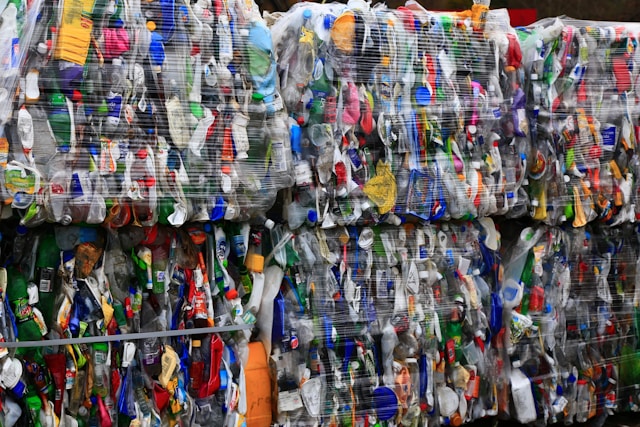


As the world grapples with mounting environmental degradation and energy shortages, South Korean researchers have introduced a revolutionary technology that offers a dual benefit: recycling plastic waste while producing clean hydrogen energy using nothing more than sunlight.
Developed at Korea’s Institute for Basic Science, the system uses photocatalytic reactions embedded in a smart polymer matrix. This setup creates an ideal environment—where air and water meet—for breaking down plastic compounds like ethylene glycol and terephthalic acid while releasing pure hydrogen gas.
The standout achievement? The system has demonstrated stable performance for over two months, even in harsh conditions such as seawater and tap water environments.
Considering the billions of plastic bottles discarded daily, this technology could represent a turning point. If scaled to larger systems (up to 100 square meters, as reported), this method could make green hydrogen production economically viable and accessible.
Despite its promise, significant questions remain. Scaling the system to industrial levels will require substantial investment, and long-term data on cost-efficiency, catalyst durability, and real-world energy output is still limited. Furthermore, while photocatalysis is a promising field, most technologies in this space struggle to function effectively outside laboratory conditions.
Still, this is more than just another “green dream.” It’s a serious step toward rethinking waste as a valuable energy asset, bridging the gap between environmental responsibility and energy innovation.
Source: Al Arabiya Business